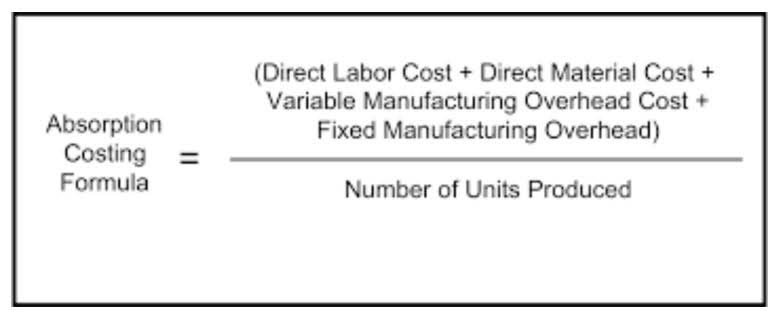
The journal entry is debiting allowance for obsolete inventory $ 5,000 and credit inventory $ 5,000. The transaction will not impact the income statement as well as the net balance of inventory. Inventory is presented as the net balance which is the combination of inventory cost and allowance for obsolete. So when this journal reduces both accounts, it will not impact the total amount. It requires the company to make estimates on inventory obsoletes and record expenses on every accounting period. An inventory reserve is an asset contra account that is used to write down the value of inventory.
What Kind of Business Expense Is an Office Chair?
The need for an LCM inventory reserve arises when the market value of inventory declines below its cost. The review may include an inventory inspection to determine its condition and an assessment of the market demand for the product. Based on the review results, the business may determine that a portion of the inventory is no longer usable and may need to be disposed of or written off.
A detailed example of how to identify when an excess inventory reserve is needed and how to calculate one

The journal entry is debiting inventory obsolete expenses and credit allowance for inventory obsolete. This unexpected one-time charge could have been avoided with an ongoing series of smaller charges to build an inventory reserve over the course of the year. what are retained earnings When the actual loss is lower, it means the inventory reserve is higher.
How to Determine the Effects of Inventory Errors and Calculate Inventory Turnover

However, you can’t be sure it will sell at that price, so you may have to adjust the reserve to reflect reality. If it then sells, you debit $10 to Inventory Reserve and credit $10 to Inventory. To make the correct journal entry for obsolete inventory, you first subtract the disposition price from the value on your books. For example, you have $20,000 worth of appliances that aren’t moving, so you discount them 25 percent to a total of $15,000. Subtract that from the $20,000 and make a $5,000 journal entry for obsolete inventory reserve. You report this as a credit to Inventory Reserve and a matching $5,000 debit to Cost Of Goods sold.
What Is the Process for Writing Down Obsolete Inventory?
The need for an excess inventory reserve arises when the inventory levels exceed the demand, and the inventory is expected to lose value over time. This method involves estimating the percentage of sales that will be lost due to inventory obsolescence. The percentage of sales is then multiplied by the total sales revenue to arrive at the amount of the inventory obsolescence reserve. The need for an inventory obsolescence reserve arises when the inventory is expected to lose value over time or when the market demand for the product changes, rendering the inventory obsolete. While some obsolete inventory items can be sold at a deep discount, some items are simply disposed of.
- Generally accepted accounting principles require that companies periodically examine their inventory balance for inventory that is no longer able to be sold for as much as the company paid for the goods.
- It will prevent the expense from hitting a particular accounting period and cause a significant impact on profit.
- This can be anything from products that are for sale to supplies and materials that are needed for production.
- The principles of conservative accounting prescribe reporting assets as close to their current value as possible.
- Inventory refers to assets owned by a business that can be sold for revenue or converted into goods that can be sold for revenue.
- The write-down or write-off is recorded as an expense, meaning the loss is recognized in the current period.
In essence, they can put off recognizing a loss until next year, so let’s just leave things the way they are. For many businesses looking to improve their inventory management, a critical KPI is stock turn rate. Move away from reactive practices and embrace proactive strategies to reduce excess and obsolete stock. Enable confident decision-making reserve for obsolete inventory in establishing reserves for shrinkage, obsolescence, and excess inventory.

The Accounting Equation

Inventory refers to the items that company sells to generate profit. This can be anything from products that are for sale to supplies and materials that are needed for production. The inventory includes raw material, working in process, and finished goods that are ready to sell to customers. These items will be recorded as the inventory which is the current assets on balance sheet. Finally, we have to ensure that inventory reserve is eliminated if the company gets rid of all inventory on balance sheet. If we do not eliminate the reserve inventory, it will show the negative balance on the balance sheet as the inventory is already zero.









